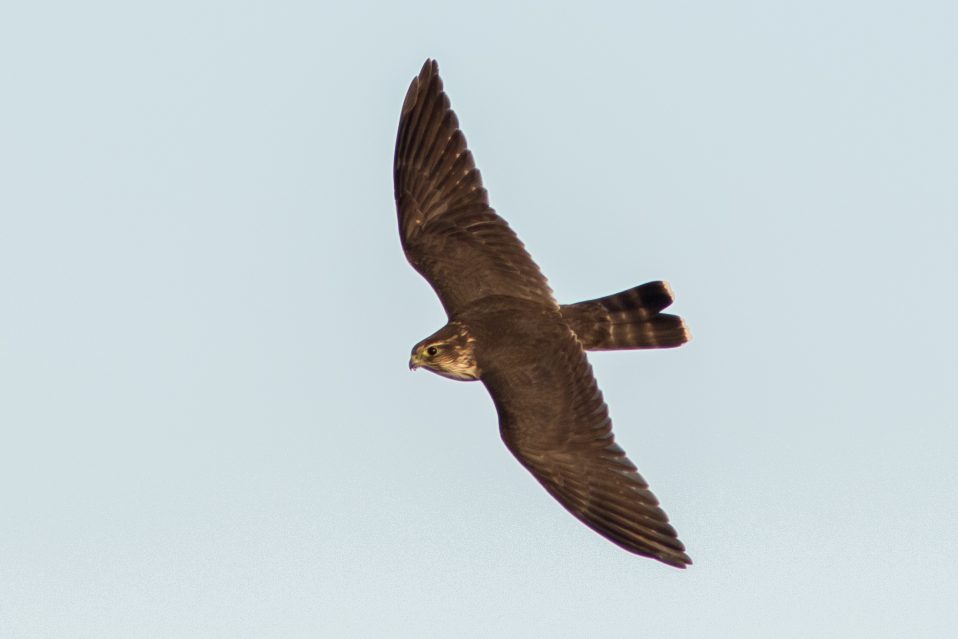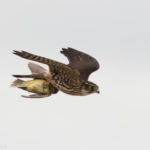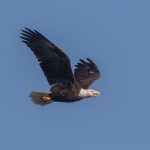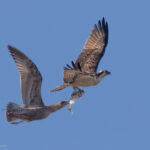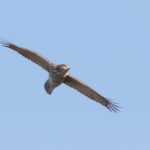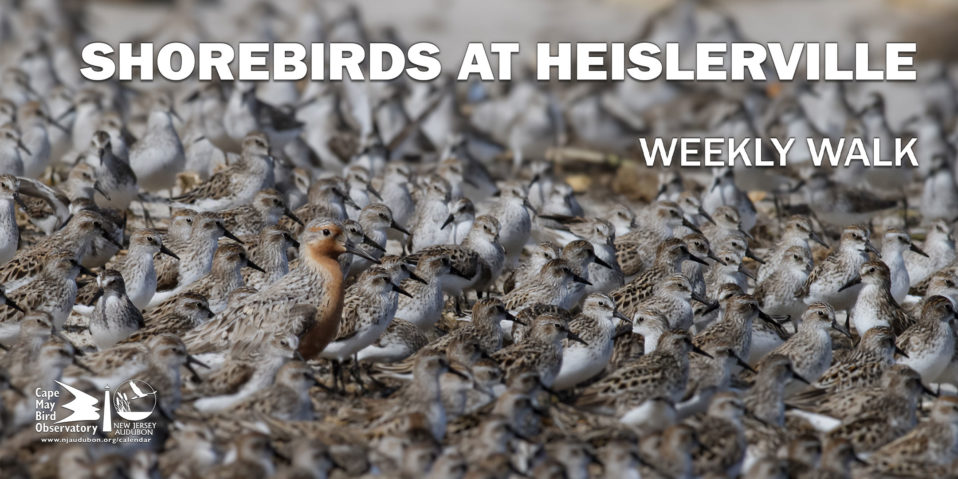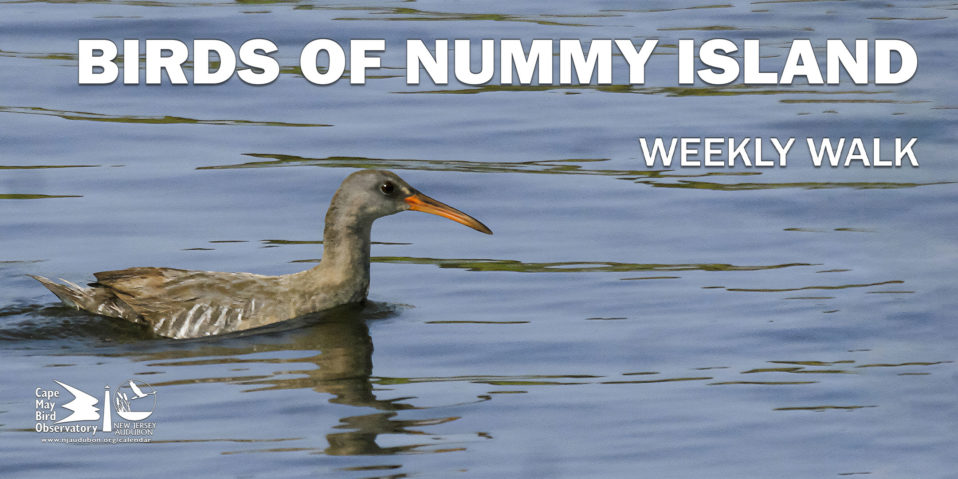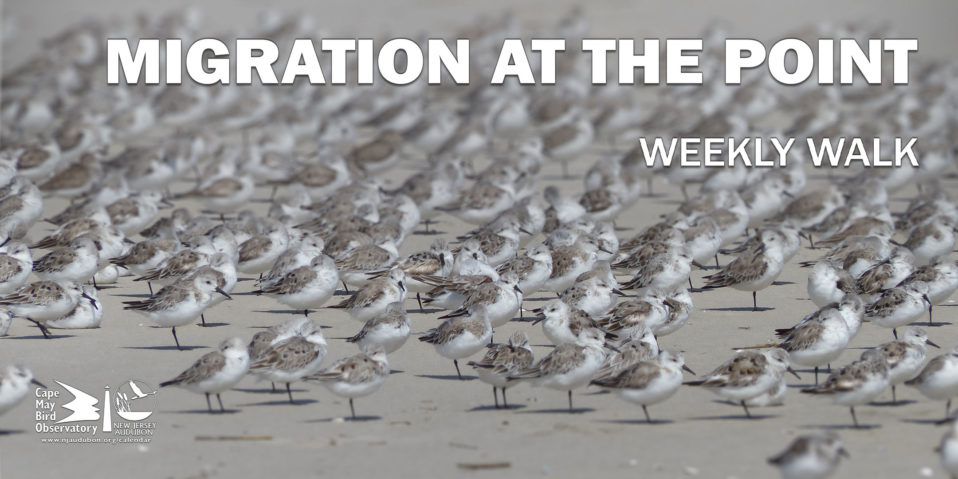Week 2 of the Cape May Hawkwatch, sponsored by Swarovski Optik, is in the books and was headlined by a massive American Kestrel flight on September 14th. A light northerly breeze produced a handful of Kestrels in the morning hours but around noon the wind shifted to the NW and the American Kestrel floodgates opened. One scan across the back tree line would reveal over two dozen Kestrels at once. This parade of Kestrels would continue all afternoon, with peak numbers between 1pm-2pm when 201 Kestrels migrated past in that hour. It was a spectacular sight to see. When all was said and done, 747 American Kestrels were tallied that day. Merlins also got in on the action on September 14th as we counted a new season high, as 62 raced across the skies.
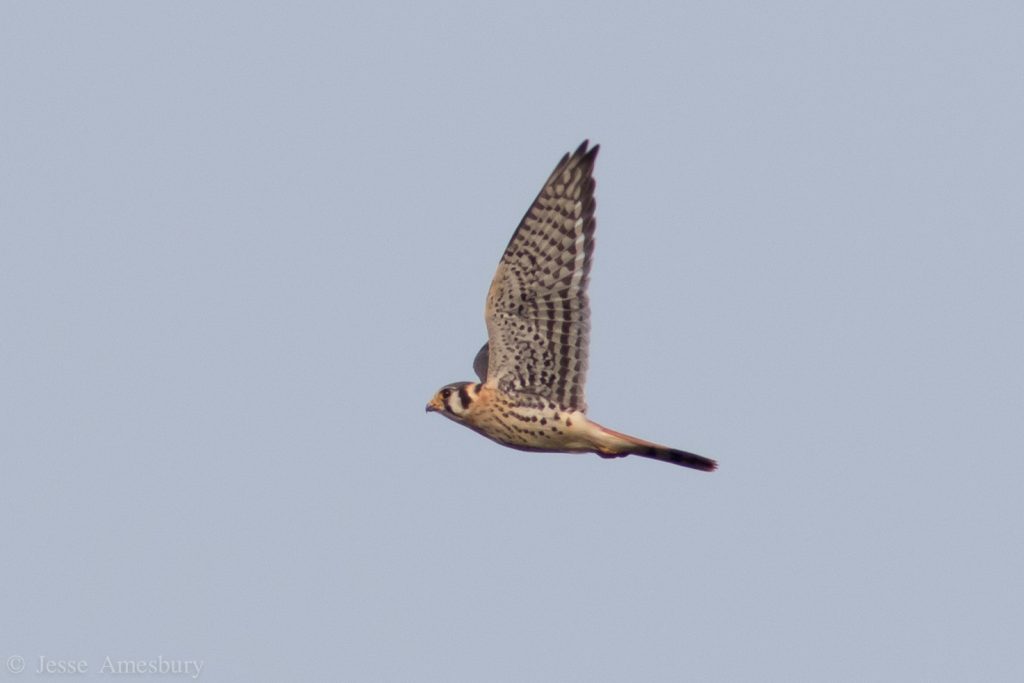
One of the 747 American Kestrels counted on September 14th; the biggest Kestrel flight in September in the last 3 years.
The morning of September 15th was unlike any other morning I have witnessed while hawk counting. The smoke from western wildfires made its way across the country via the jet stream and filtered the sun as it rose above the horizon making for an eerie scene. The sun looked more like the moon. However, the smoke did not stop migration from occurring as American Kestrels continued their way south. As the day progressed, the smoke thinned out a bit and the sun began creating many thermals which produced the biggest Broad-winged Hawk flight of the season with 68 counted.
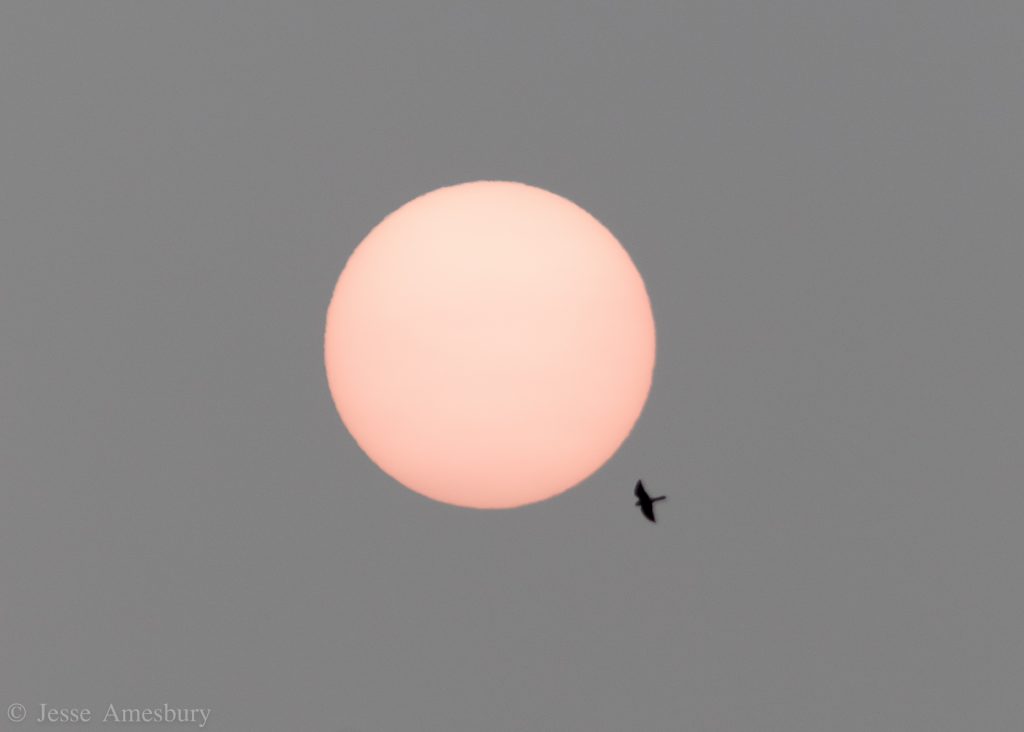
The sun or the moon? An American Kestrel migrating in front the sun partially obstructed by smoke from western wildfires.
As we enter the halfway point of September, a wider spectrum of raptor species are expected on a near daily basis. The first Sharp-shinned Hawk of the season was recorded on September 14th. This is the latest first-of-season arrival date of Sharp-shinned Hawk in the last 10 years. Northern Harrier, Red-shouldered Hawk & Cooper’s Hawk numbers continue to be on the upswing with each day that passes by as well.
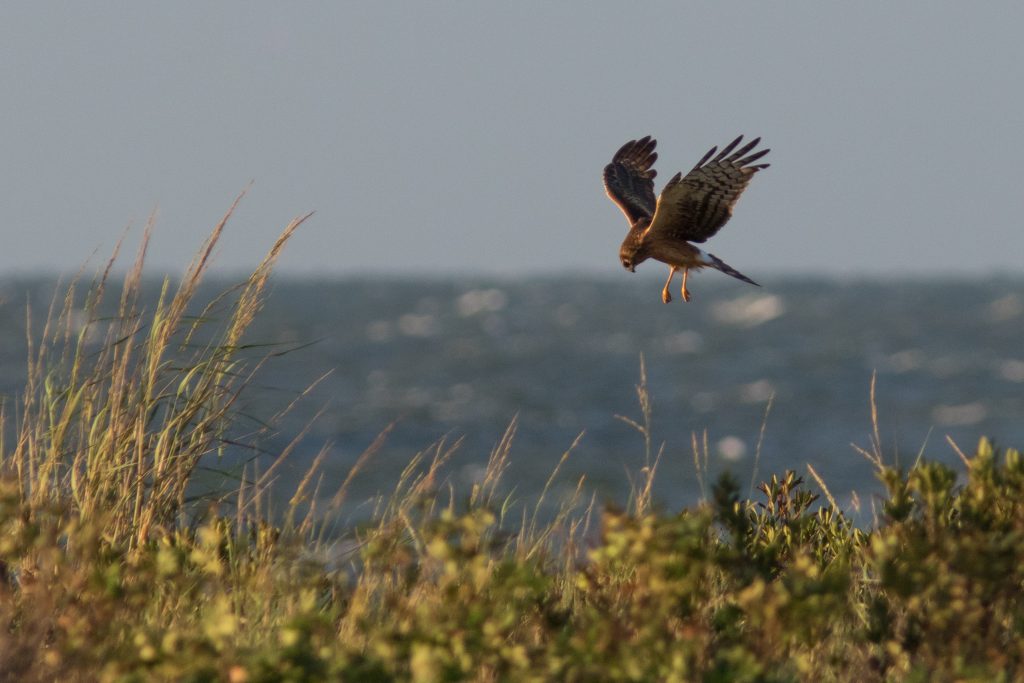
A fan favorite, Northern Harriers always put smiles on visitors’ faces. We were lucky to observe this individual pause its migration to hunt over the dunes next to the hawkwatch platform.
Other highlights this week included 16 high-flying Hudsonian Godwits on September 17th. Also, a total of 25 White Ibis on September 12th brought our season tally to 44. After last season’s record setting total of 150, will a new record be set again this season? Keep following along to find out!
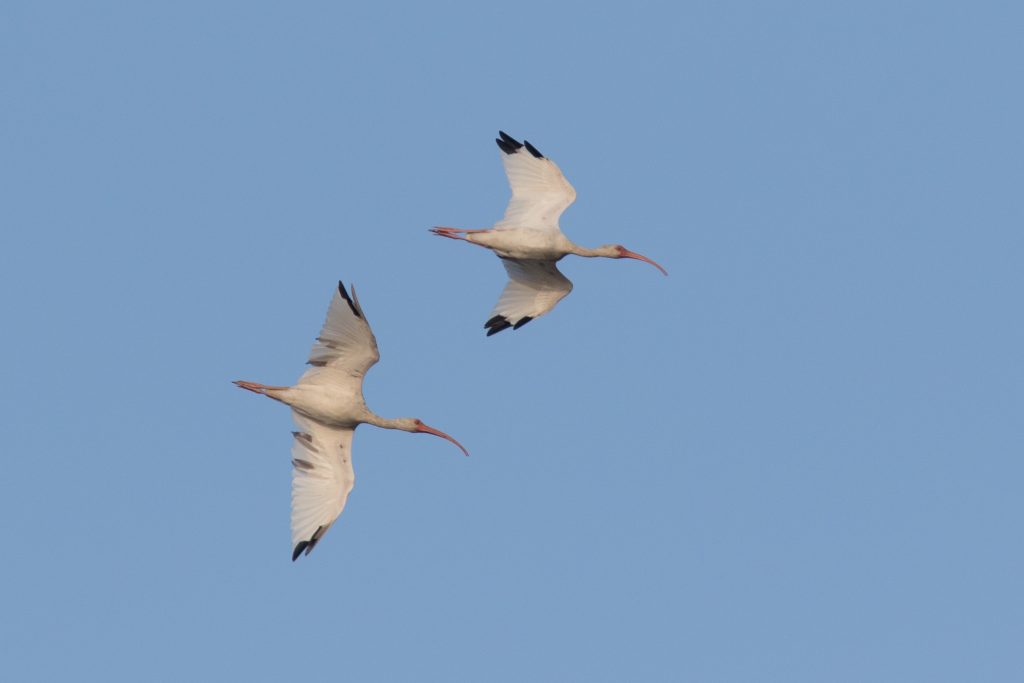
White Ibis are a common species in the southern United States, but within recent years they have dramatically increased their range northward. As more and more move north each year, we are seeing bigger numbers from the hawkwatch platform too. Amazingly, White Ibis even nested in Cape May County in 2020 as the first documented nesting pair was observed in Ocean City, NJ.
By Jesse Amesbury
All Photos © Jesse Amesbury




